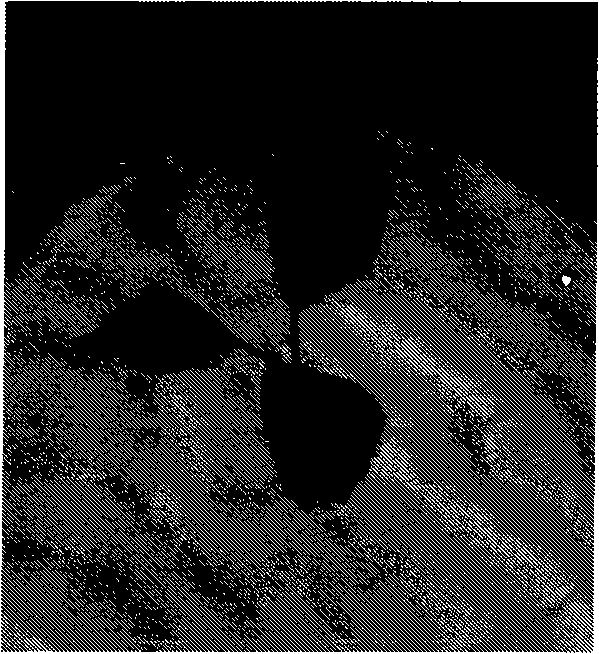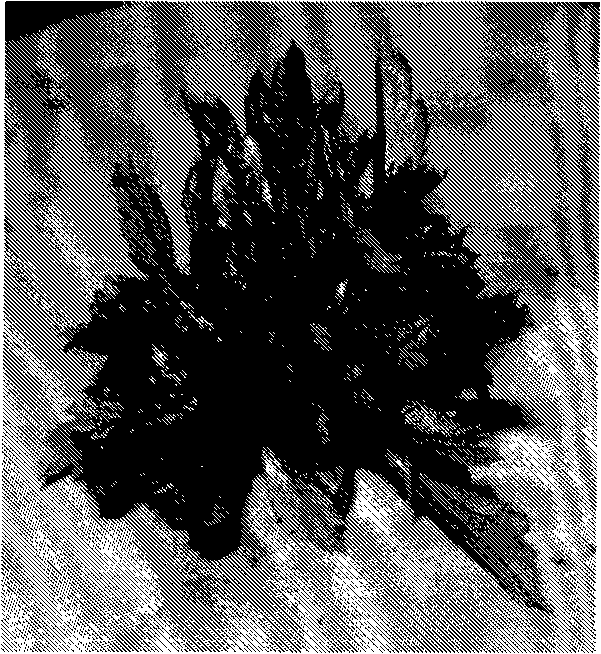Method for quickly breeding Malus 'Hongying' by tissue culture
A technology of tissue culture and Begonia, which is applied in the field of tissue culture and fast-propagating seedlings of Begonia chinensis, and can solve problems such as the lack of Begonia chinensis.
- Summary
- Abstract
- Description
- Claims
- Application Information
AI Technical Summary
Problems solved by technology
Method used
Image
Examples
Embodiment Construction
[0072] a. Material collection--select excellent mother plants of Begonia chinensis, and select new shoots free of diseases and insect pests as explants at around 11:00 noon on a sunny day from March to April.
[0073] b. Aseptic treatment--cut the harvested branches into small sections with terminal buds and lateral buds of about 2.0 cm, cut off the leaves and petioles, first use alcohol absorbent cotton to gently scrub the fluff on the explants, and then place them Soak in 10% detergent solution for 30 minutes, then rinse with running water for 4 hours. Under sterile conditions, soak in 75% alcohol for 30 seconds, then treat with 0.1% mercury liter for 10 minutes, rinse with sterile water for 3 to 5 times, and finally absorb residual water with sterile filter paper.
[0074] c. Inoculation start-up culture--on the ultra-clean workbench, inoculate the sterilized stem segments (with axillary buds or terminal buds) into the start-up medium N6+BA0.50mg L -1 +NAA0.10mg·L -1 +Suc...
PUM
 Login to View More
Login to View More Abstract
Description
Claims
Application Information
 Login to View More
Login to View More - R&D
- Intellectual Property
- Life Sciences
- Materials
- Tech Scout
- Unparalleled Data Quality
- Higher Quality Content
- 60% Fewer Hallucinations
Browse by: Latest US Patents, China's latest patents, Technical Efficacy Thesaurus, Application Domain, Technology Topic, Popular Technical Reports.
© 2025 PatSnap. All rights reserved.Legal|Privacy policy|Modern Slavery Act Transparency Statement|Sitemap|About US| Contact US: help@patsnap.com



